After opening the hips, you need to close the hips, and the hip-opening theme exercises should end with the hip-closing posture. This is more emphasized now, and everyone pays great attention to it.Best yoga posture and exercise for hip opener at home

A friend asked me such a question a long time ago: Masters meditate and meditate, most of them are double lotus flowers, and their sessions are one hour or two hours or even longer. The double lotus pose is a strong hip-opening posture. I have never heard that masters use the hip-closing pose for balance after meditation, and I have never heard of any master who did not close the hips because of the long-term meditation in the double lotus position, resulting in hip joints. and pelvic problems. What’s going on here? Could it be that the masters are really talented, the sons of Heaven’s Chosen!
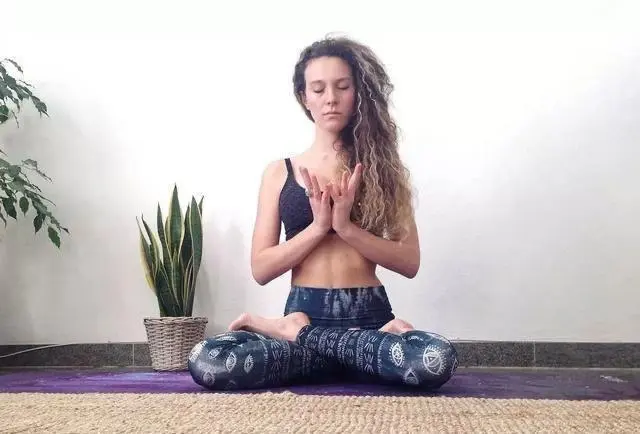
1.All hip opener poses are open and closed.
In fact, a lot of sharing during this period is based on this theme. There are also many examples.
For example, the triangle pose is bent to the right to enter the triangle pose. We have repeatedly emphasized that the left hip and the left thigh are drawn inward and cannot be pushed out. In fact, we are doing hip retraction. In order to ensure that when entering the triangle, the pelvis is still a compact and non-deformed square box.
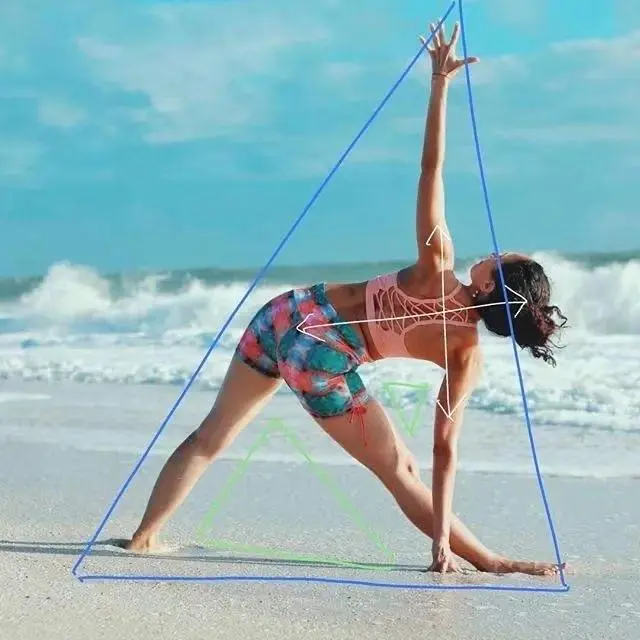
Another example is warrior pose. We repeatedly emphasize the tightening of the hind legs, the lifting of the thighs, and the cutting forward from the back groin, that is, the hip line; the front hips are pulled back, and the back hips are pushed forward; the front hips are lowered and the back hips are lifted up. , it’s all doing hip-tucks. In order to ensure that when entering the warrior one, the pelvis is still a compact and non-deformed square box.
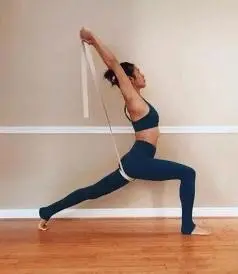
For example, in the seated angle pose, the legs are opened to the sides, the hip joint is abducted, and the inside of the leg is extended outward; but at the same time, we have repeatedly emphasized that the outside of the leg is pulled back and upward, allowing the thigh bone to return to the hip groove. In fact, this Also doing a hip tuck. In order to ensure that in the seated position, the hip joint is stable, and the pelvis is still a compact, non-deformed square box.
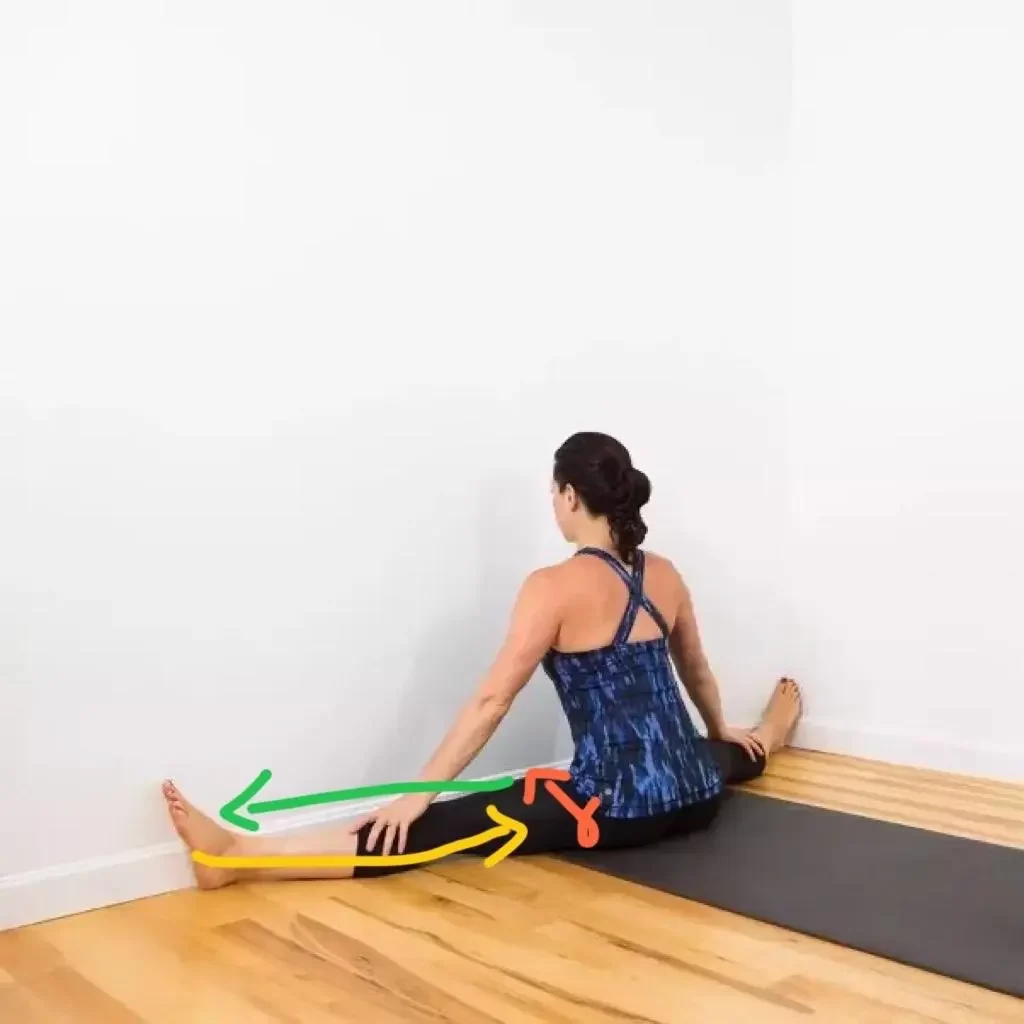
The double lotus used by the masters for meditation, as well as the sitting postures that we usually practice, simple sitting, beam angle, etc. are the same as the above sitting angle.
In fact, these examples, we have been repeatedly emphasizing this period of time, repeatedly saying: the hip opening movement should be practiced with the hips retracted, the force is relative, and what goes out must be retracted. In this sense, there is no single hip-opening posture, because each hip-opening posture must be restrained by the force of retraction while opening. Therefore, as long as you practice correctly, each hip opening pose itself is a balance of opening and closing. After opening the hip, it is not necessary to practice the hip closing pose to close the hip. So there is no need to worry about the master, and it is not that their bones are surprised, they are the sons of heaven.
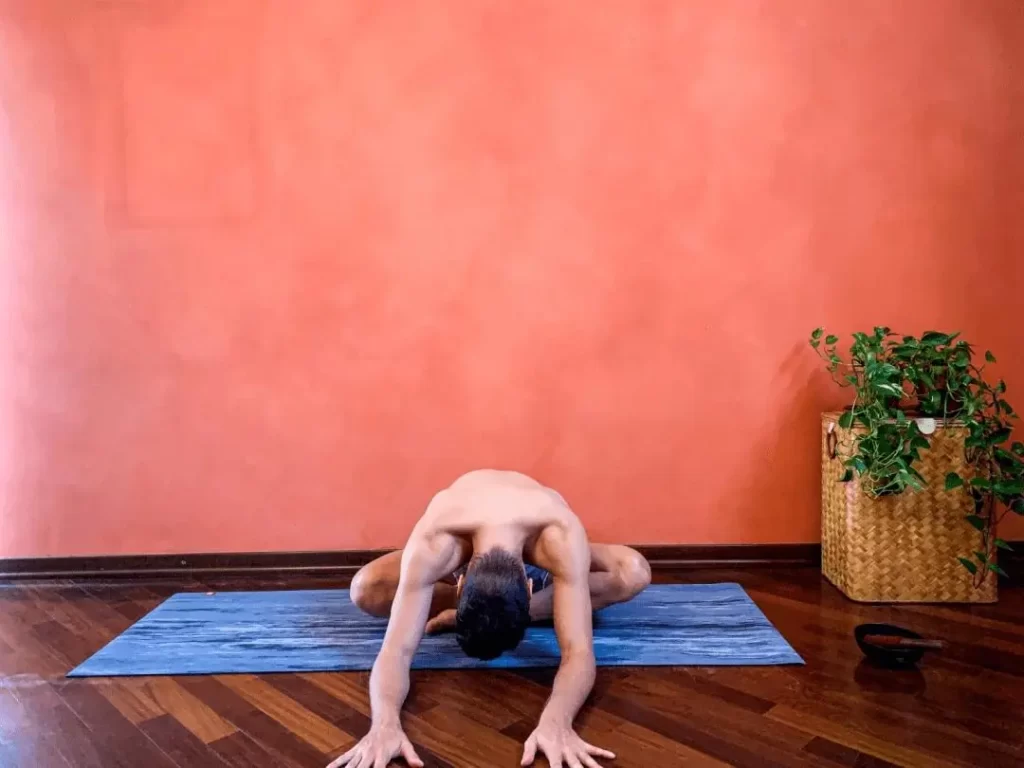
2. At the end of the hip-opening exercise, do you need to practice the hip-closing pose, and should the hip-opening theme end with the hip-closing pose?
This question needs to be considered in two parts. First of all, we have analyzed it very clearly in the first point above: correct practice, every hip opening posture contains the force of closing the hip, and each posture is balanced. From this point of view, hip-opening exercises do not need to be specially practiced in hip-closing poses at the end, and the topic of hip-opening does not need to end in hip-closing poses. In addition, with the correct practice, there is no fear of too much hip opening, because there are as many openings as there are closings, and they are always balanced.
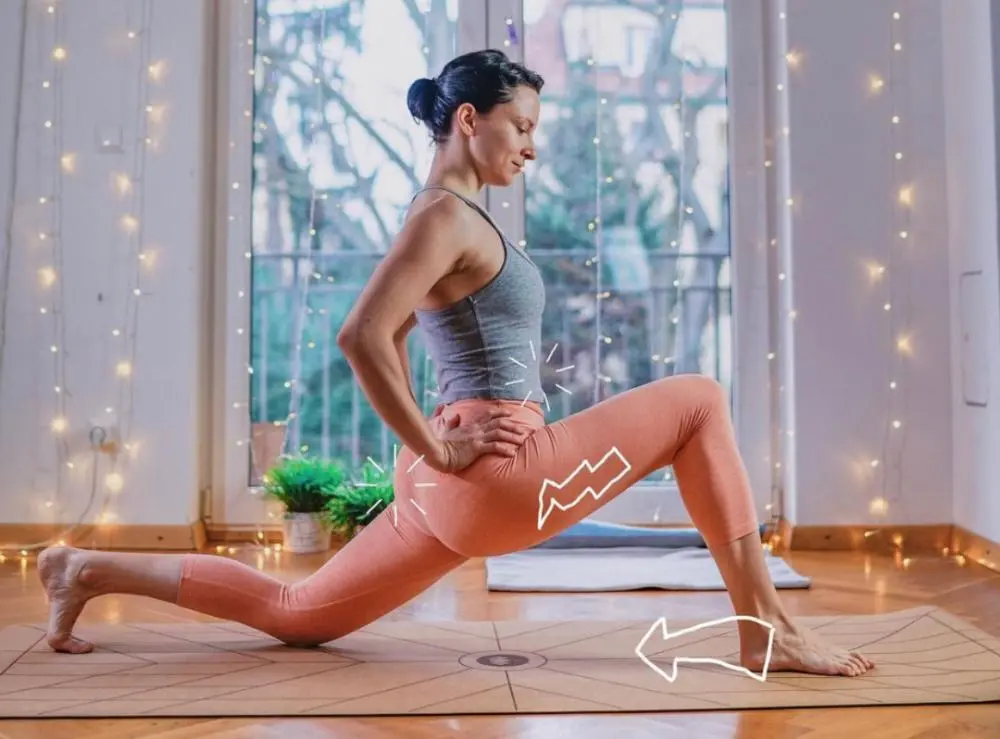
However, there are always surprises and exceptions.
For those who have practice experience, it is natural to have nothing to say if they practice correctly and can control it. But for beginners, you may not know these details at the beginning, or you may know it at the beginning, but you can’t take into account so much force, then after opening the hip, it is necessary to practice hip closing posture to balance it. . So whether you are a mature and experienced practitioner or a beginner, whether you can master the closing in the hip opening posture, and whether you must end with the hip closing posture after the hip opening, you can choose according to your own situation.
In addition, if it is a yoga teacher’s class on the topic of hip opening, it is recommended to end it with hip closing posture, because the level of members may be different. It doesn’t matter if you practice more for unnecessary members, but it doesn’t matter if you practice less for necessary members. So let’s end it with a hip-in pose, just to be on the safe side.
Read more tips about health and fitness http://www.growmorehealth.com
